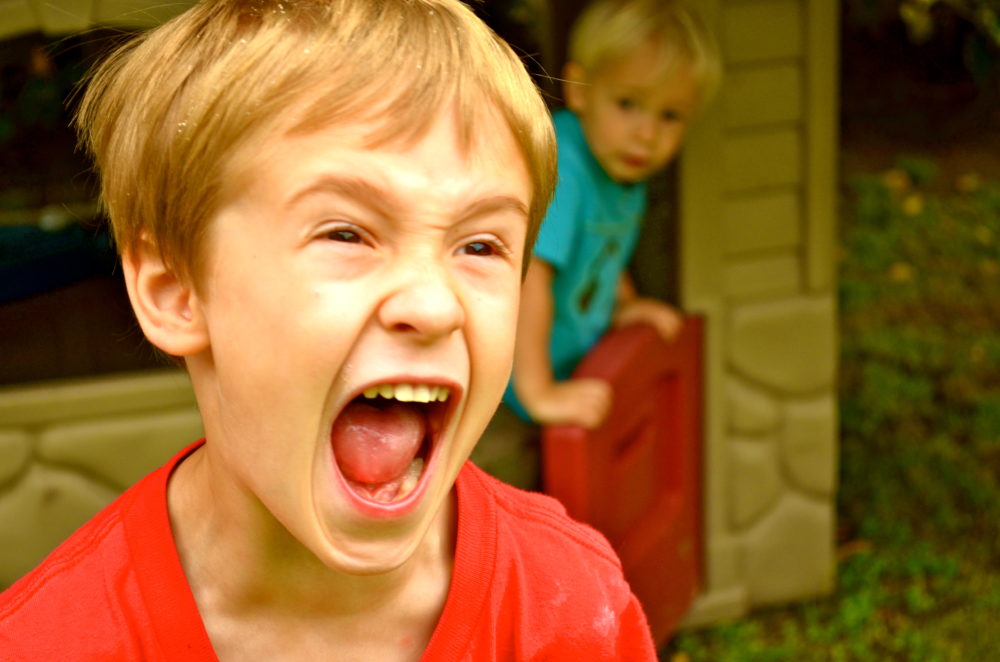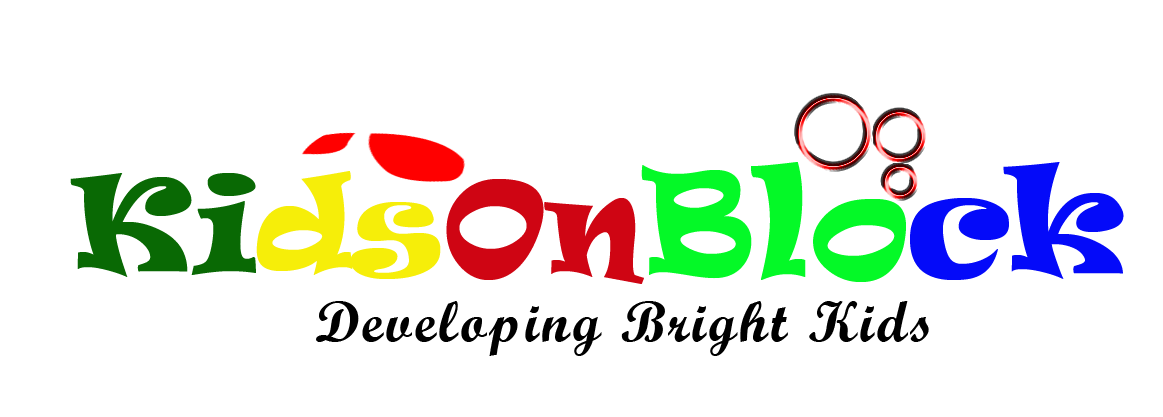Seven Ways to Control An Angry Child!

Anger is the foundation of aggressiveness, savagery, and aggression. A bunch of studies are carried out in mental and psychiatric locations to underpin the basic causes of indignation followed with diverse medication programmes useful for girls and adults. Functionally, the feeling can be anticipated, inquired as well as investigated among children and teens by mothers easily. The difficult place is not anticipating and recognising triggers of indignation, but to deal with “their children” when he is angry or substantiates the anti-social behaviour.
Anger among children can be seen in different settings such as class, universities, workplace and domestic environment nonetheless it has other facets more. Harmonizing to National bullying overlook 56% of young people mentioned, they have realized others being bullied online. Around 43% of beings find dangerous online.
As per recent systematic re-examine be carried out in Hillis. Et. al,( Paediatrics, 2016 ), a billion children and youth aged 2-17 years experienced brutality during past year. The consider concluded that early revelations of violence may debilitate such structures and functioning of the psyche. Young children are at greater risk exasperation, savagery, aggressiveness can affect their metabolic system, immune organisation and lead to them to the path of mental health problems, diabetics and heart diseases.
Often aggression during early childhood years is not considered gravely. Anger in toddlers, young children and girls can be understood in different ways. It can be hypothesised as a personal peculiarity or genetic influence. Social-cultural background also plays the substantial persona in childhood anger.
In simple terms, aggression is an effort to control and ill another person. Nonetheless, when it comes to children and teens they should not be victimised of physical troop or mental hardship with the intention to damage just because they behave in a way we do not want them to.
Hitting, spanking, or shouting at “their children” will lead to inadequate impulse insure, self-regulation as well as the poor speech of aggressiveness. misbehaviour of child mentally, socially and emotionally. The Rising Horizons of tomorrow do not requirement definitive, lax or uninvolved parenting wordings but a feeling of soothing touching, affection, and love.
Higher is the articulation feeling of young adults while dealing with the incensed toddler or young child, greater is likely to be his aggression. Calmness, patience, and nonviolent environ are essential components to improve a child’s action. In simple terms, child’s action is( instantly proportional) very much has an impact on parent’s behaviour!
If the mother and child shout together then situation stands, the same without any enhancements. It will be like overpowering around the bush which has no outcome ever. Furthermore, it feigns child’s trustworthiness and psychological security( parent-child bonding) in the long term. It is important to understand that a child under the age of four or five years should not have any intention to harm anyone around him.
He wants to explore the world through different body ability such as touching different compositions( examples-carpet, strength plug degrees, keys of laptop, smartphone ), celebrating differentiating qualities and images to explore visuals( wresting phone or iPad to see images or photos) and wailing as they enjoy their own spokesperson but hitting, kicking or pinching parents or caregivers is not their agenda profoundly. Even exclaiming or getting indignant is not their first choice, it happens only when they have no other option to get their occasions done!
Biting generally happens due to tethering factor.
At this developmental place notice, striving behaviour is rife which is misinterpreted as a vigorous behaviour of toddlers or young ones. A subject completed by Dahl, A.( 2015) at the University of California also proposes, that the use of aggression by toddlers or young ones is unprovoked. Children imply to the explorative personnel to seek notice. Unprovoked plays likely grew less frequent from 18 months onwards as toddlers learn that their invasion ills’ others or they become sensitive towards other’s distress. So it should be understood that children are not reaching or piercing intentionally to upset parents and siblings but because of their own newness in the world. Children belonging to age group of 36 months are likely to get aggressive.
Following are some of the hands-on, solution-based, nurturing strategies that can be explored to improve child’s action, self-esteem as well as parent-child bonding. It should be remembered, that each child is different nonetheless learning more about your child’s action and implementing these suggestions systematically can be beneficial.
1. Act swiftly but Calmly
When the child is vigorous it is crucial that parents should demonstrate persistence, calmness and ordinary enunciate of the atmosphere. Bellowing and roaring have not resolved the issue instead it will worsen the invasion of the child. Likewise, there will be the mirroring of parent’s activities. Mothers are not able to waste time or follow “Let it go” coming considering that this is his first time or he is too young to understand instructions and gestures.
For instance, if “their children” thumps his younger sibling without any ground, for the first time, it should be addressed immediately. He needs to apologise and take a time-out of 3 to 5 minutes to calm down and think about his mistake, Later, mothers can discuss with him obliging him to realise what inaccurate he has done. He should be aware of his actions and their consequences.
Keynote: Providing rules for actions with related ramifications are important.
2. Appreciate your child (Applicable to 3-year-old or more)
Praising gamblings an important role. Appreciate child’s campaigns if he behaves well in social gatherings instead of exclaim, kicking, pinching or simply being impulsive.
Encourage his desirable behaviour by reinforcing him smileys or thumbs-up on the behavioural show for good deed or kindness number such as opening entrances for others.
Hugs and caresses are good to calm down an annoyed child. According to Sensory Integration theory, grips accommodate deep influence to an organization which is a great room for relaxing the child. Use of weighted blankets or vests can also be helpful for ADHD, Sensory Processing Disorders, Autism Spectrum Disorder. Most of the times anger is co-morbid with these conditions.
Other approachings can be a pat on the back, acclaiming or causing gratitude certificates on the achievement of the task.
Some mothers try to reinforce good attitude by apportioning Lego, gambling station, X-Box, or chocolates which are common forms of “bribing”. This is likely to be possibly supportive for the short term. As soon as bribery is stopped, child reverts back to the same behaviour.
Keynote: Giving grips and smacks is a gesticulate to perform teenagers realise that they are valued and attended simply because they are parent’s true love.
3. Involve with the child holistically:
To understand your child’s thinking, feelings or internal sentimentalities keep the phone at a distance while interacting with him. It is important to dedicate time to child mentally and physically. We start interval from class to establish and maintain relations with remote people.
Turning off your telephone, extremely if it’s’ smart ‘, is only one of the easiest ways for most of us to greatly bump up our scrutiny and focus on the present.
Parents are important to understand that what is important currently and in future is in front of their noses and not on the screen of smartphones.
If parents cannot pay more attention to a child it’s okay, but neglecting child’s macrocosm is not satisfactory. Innocence throbs child emotionally and mentally and psychologically. Building good infancy memories is parent’s responsibility.
Keynote: Can’t pay attention, is satisfactory but ignorance is intolerable.
4. Learn to say NO
Saying yes to everything will not establish you an ideal parent. It was no need that all the demands are fulfilled each time. If requirements are out of your reach due to lack of time or funds, you can always say NO in a civilised way without implying verbal or physical violence. Adoring or indicating good attitude does not mean to say that you always have to compromise in every situation to avoid aggression.
Let the child is quite clear that every demand is not genuine to be fulfilled. This course we are able to prevent jeopardised places such as receiving the announcement from nursery or preschool since child’s attitude is a headache for others more. It is better to give attention and teach child social ethics and criteria at home rather than do mortified in front of guests or outsiders.
Keynote: It’s important to school but not to punish!
5. Physical activities
This is one good beginning of reducing anger and aggressiveness. Many times adolescents are particularly industrious and necessity some generator to channelize their vitalities. If this does not happen they become aggressive and difficult to be handled. Physical undertakings support them to self-regulate physically, mentally and emotionally. For example, doing trampoline tasks at a residence or going out to commons to do operating can be beneficial.
Moreover, going a bicycle or toy obstacle course with pillows or soft toys can only be done at home. This is something that cures them in investigating brand-new chores and hearing through doing. Physical activities generate and activate brain cadres that they are consistent within cognitive and perceptual occurrence. Additionally, doing tasks with pals or friends increases socialisation and social skills.
Keynote: Channelize child’s forces in the positive direction.
6. Spanking
Spanking leads to NO change in child’s behaviour.
Many times out of exasperation parents spank kids making this will stop his undesirable practice however spanking precipitates more antagonism and aggression. Expressing anger calmly is touchy but more effective as long-term attitude modification rather than berating or spankings. Spanking is posing cruelty which could be slight but harmful.
It should be avoided absolutely. Touching in any form does not coach “their children” how it feels when being hurt instead it backfires the lesson, says Elizabeth Gershoff, a child development expert at the University of Texas at Austin. She says adolescents don’t change their behaviour instead they smack more other people.
Keynote: Monkey learn, monkey do!
7. Use of Gestures
This develops child’s understanding of right and wrong.
No screaming or berating rule doesn’t mean permissive parenting. There is also possible different approach that can be used such as strong heart contact gesticulate, making a sad face, to display dislike towards child’s action. Nine months onwards children are able to understand “NO”, so this gesture can be used to show fighting or disappointment towards wrongdoing. Paediatrician Dr Harvey Karp shows a “clap-growl” technique. She says if a child has chewed her little brother, “Give a good sharp-worded clap, ” and then extend your index finger, saying “No bite! “Parent might look away for a second and reproduce the grim glance again, gesticulating his or her paw and saying no bite”. Gestures to remain placid( saving a finger on lips) or thumbs-down when he is shouting or bawling will help to develop child’s understanding of feelings and his doings.
Showing thumbs-up when he does something positive will assist a child to be confident in learning positive behaviour. Schooling different gestures such as hand-shake, clapping, motioning fundings a toddler or young child to interact socially during early childhood.
Keynote: Gesticulates are a non-verbal anatomy of communication that supports a child to develop verbally.
Think about it: How would you feel if anyone always deters aggravating you territory your practice is not correct?
Tag:Angry Child, sad kid



